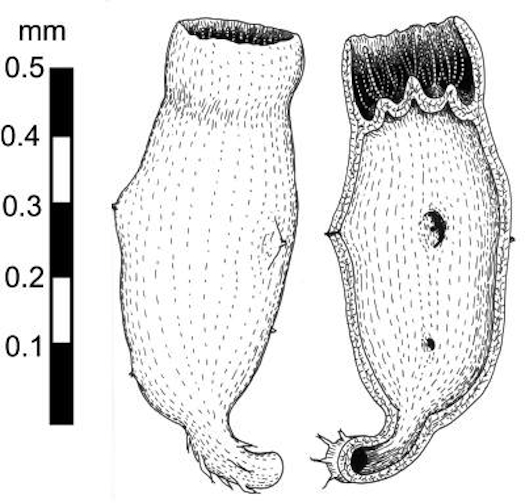Creatures Lived On Land 2.2 Billion Years Ago, New Evidence Suggests
South African fossils push the rise of oxygen and life on land to hundreds of millions of years earlier than previously thought.

Researchers at the University of Oregon have recently unearthed fossils in South Africa that present evidence of life on land 2.2 billion years ago—four times older than traditionally thought.
The fossilized organisms, dubbed Diskagma buttonii, are no bigger than the size of a standard match head and were found threaded together in bunches. Though researchers are still unsure as to their biological function, the organisms most closely resemble a modern fungus called Geosiphon. The team believes Diskagma could be the oldest known eukaryote, a cellular organism containing a nucleus.
The results of the study, led by geologist Gregory J. Retallack, provide new insight into the development of Earth’s atmosphere. Examining the fossils suggests that the greening of Earth, involving the rise of oxygen and emergence of new plant and animal forms, occurred much earlier than 500 million years ago, the previous estimate.
“There is independent evidence for cyanobacteria, but not fungi, of the same geological age, and these new fossils set a new and earlier benchmark for the greening of the land,” Retallack says in a statement. “This gains added significance because fossil soils hosting the fossils have long been taken as evidence for a marked rise in the amount of oxygen in the atmosphere at about 2.4 billion to 2.2 billion years ago, widely called the Great Oxidation Event.”
Images of Diskagma were constructed using powerful X-rays from a particle accelerator at Lawrence Berkeley National Laboratory in California. They show hollow, urn-shaped structures with an attached tube. Retallack tells Popular Science that the fossils’ age was determined using radiometric dating of surrounding rocks.
“At last we have an idea of what life on land looked like in the Precambrian,” Retallack says. “Perhaps with this search image in mind, we can find more and different kinds of fossils in ancient soils.”
The study appears in the September issue of the journal Precambrian Research.